
FREE 10+ Research Data Collection Form Templates in MS Word | PDF
In the research study, there are various important steps that are carried out every time and among these steps the…
May 31, 2023
Non-Conformance form is the form that is drafted to report the non-conformity. It is the official and professional way of reporting the issue that caused the non-conformity. When you encounter an issue that is not at par with the way that was planned or was supposed to be, the non-conformance form is used to record the issue and all the other data that are related to the issue. This helps in the devising of the solution that can solve the issue. These form templates that are provided here can give you a clear understanding of the structure of non-conformance form.
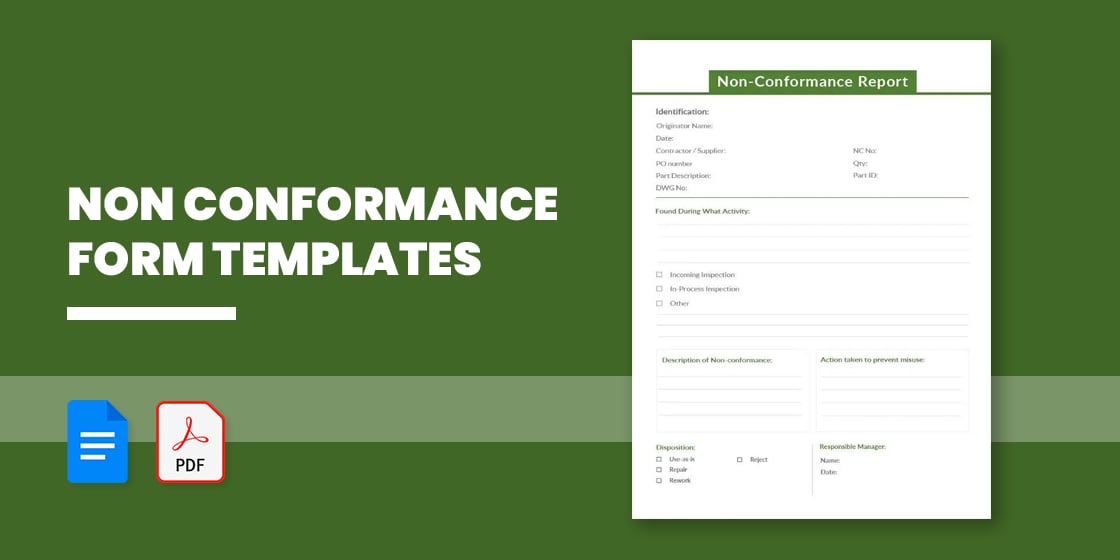
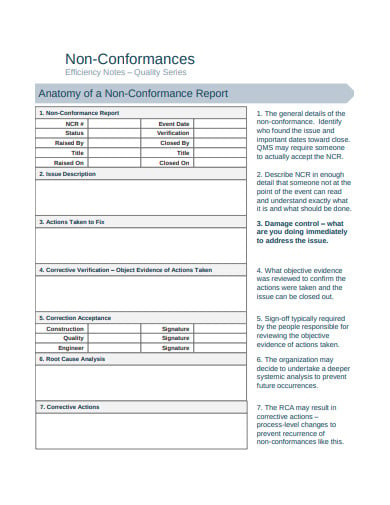 industrialaudit.com
industrialaudit.com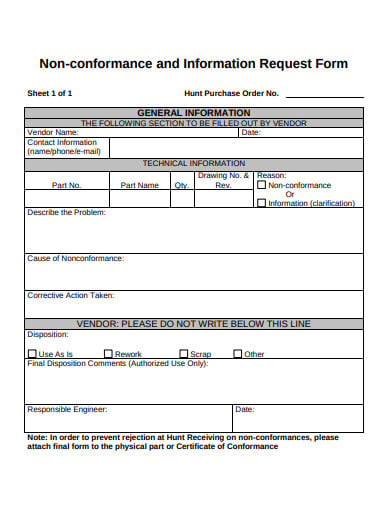 huntvalve.com
huntvalve.com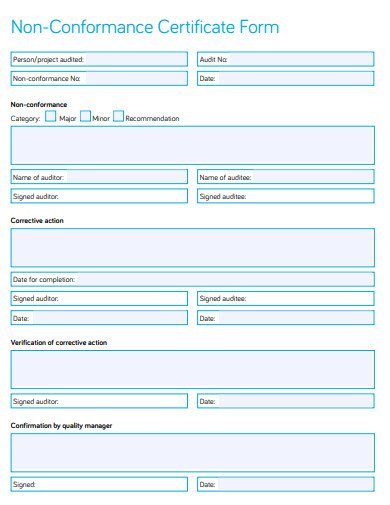 gwfab.com
gwfab.com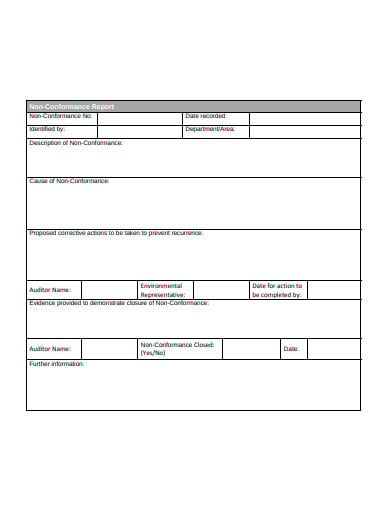 nptcgroup.ac.uk
nptcgroup.ac.uk microtest.net
microtest.net masterlock.biz
masterlock.biz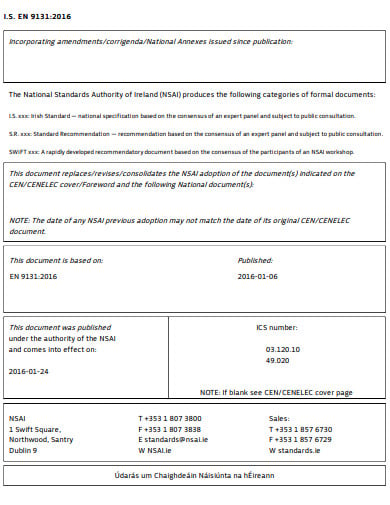 saiglobal
saiglobal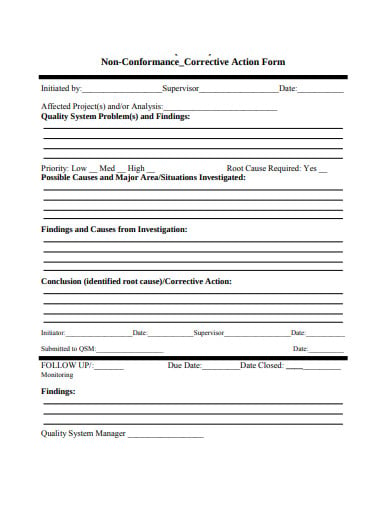 fda.gov
fda.gov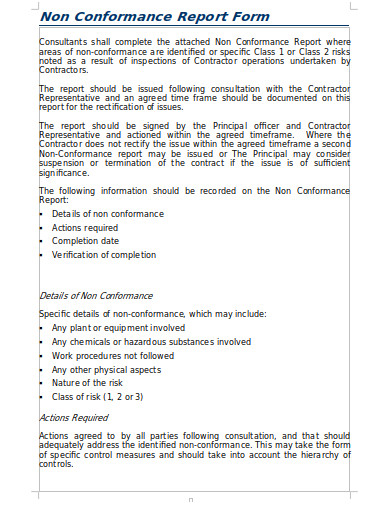 capital.health.vic.gov.au
capital.health.vic.gov.au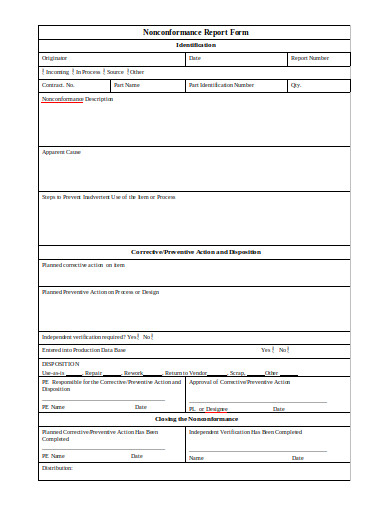 tenderbulletins.co.za
tenderbulletins.co.za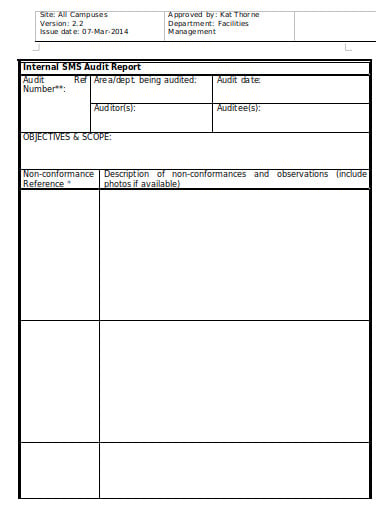 emis.nri.org
emis.nri.orgThe term non-conformance is used to report outline when something is wrong. It can be anything such as a service, product, process, management system, etc. This situation occurs when something is not the way it was thought to be or does not meet the specifications or requirements in a certain way.
The steps go as follows:
A non-conformance report that is used to document the issue and the information related to it after a proper auditor examination. It is the summary and compact form of the issue and the investigation that has been performed to get the ideas of the solution that will reduce or eliminate the non-conformance.
If you want to identify the root cause then you must go through the following steps to make it easy for you for identification:
Doing manually may be time-consuming, therefore, it is advisable that you make use of the software such as MS Word or Google Forms that can help you prepare the form in no time. This is the more convenient way of creating forms that you require.
The form that you are going to prepare will contain important data and information that you require to eliminate the factor that caused non-conformance. Therefore it is important that you make sure that the structure that you have in mind for the form has a proper and organized structure that will help you and the readers understand the idea that the non-conformance form wants to convey.
You need to make fields where the information will be written or typed. Make sure you keep enough space to put the information in the field. The fields that will be part of the form should be structured.
After you start with the audit or the inspection make sure to put the right information in the right field to avoid any kind of misinterpretation or confusion. Make sure you check the tags of the field and only then you input the required information or the data.
The last but not least you need to review the form properly and check it contains the exact detail and information that you need. A non-conformance form is an imparative form and therefore you can not take the risk of having wrongful data in the form. Therefore reviewing is extremely necessary.
With these five steps, you can create a perfect form for yourself. You may also take help and download the templates that are provided here for your convenience. These will can give you a better structure that is both formal and professional.

In the research study, there are various important steps that are carried out every time and among these steps the…

Signing up for a book club? Starting a new career? Trying to buy items online? When doing any of these,…
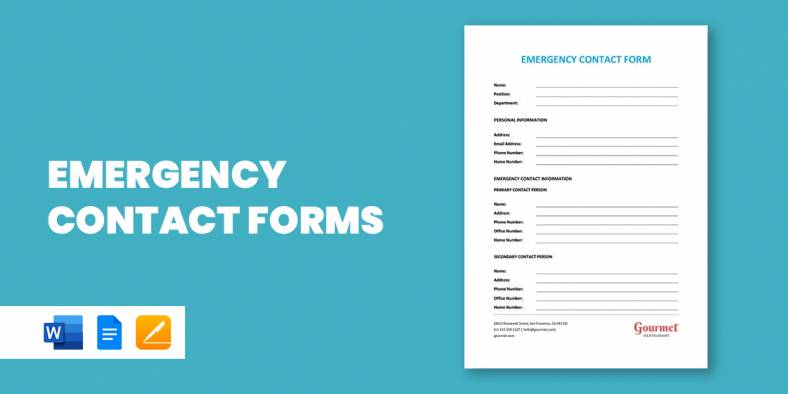
There is no guarantee that everything you do will always go down just fine. And in a world where anything…

Recruitment authorization forms are very important in a company. These can be issued for various purposes. These forms are used…

A particular application form that can be considered as an official document that a potential employer may need some candidates…
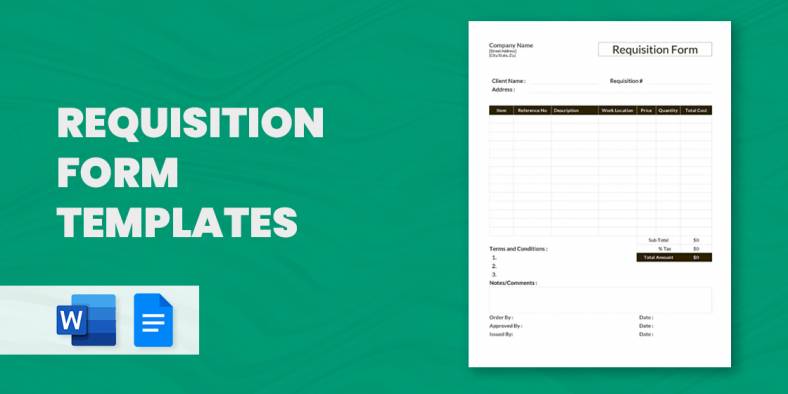
Do you need to request petty cash to purchase any equipment or stationery material for a project? You can send…

In any event and social gathering, registrations forms are always on the record. They are important in tracking down the…

The one certain thing about hiring teachers is that you never know how good their skills are unless you evaluate…
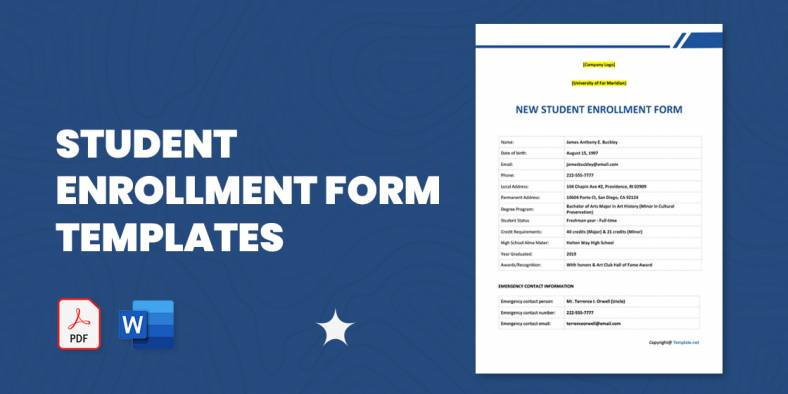
Securing the future of your child is only possible when you give him the right environment, proper lessons, life values,…